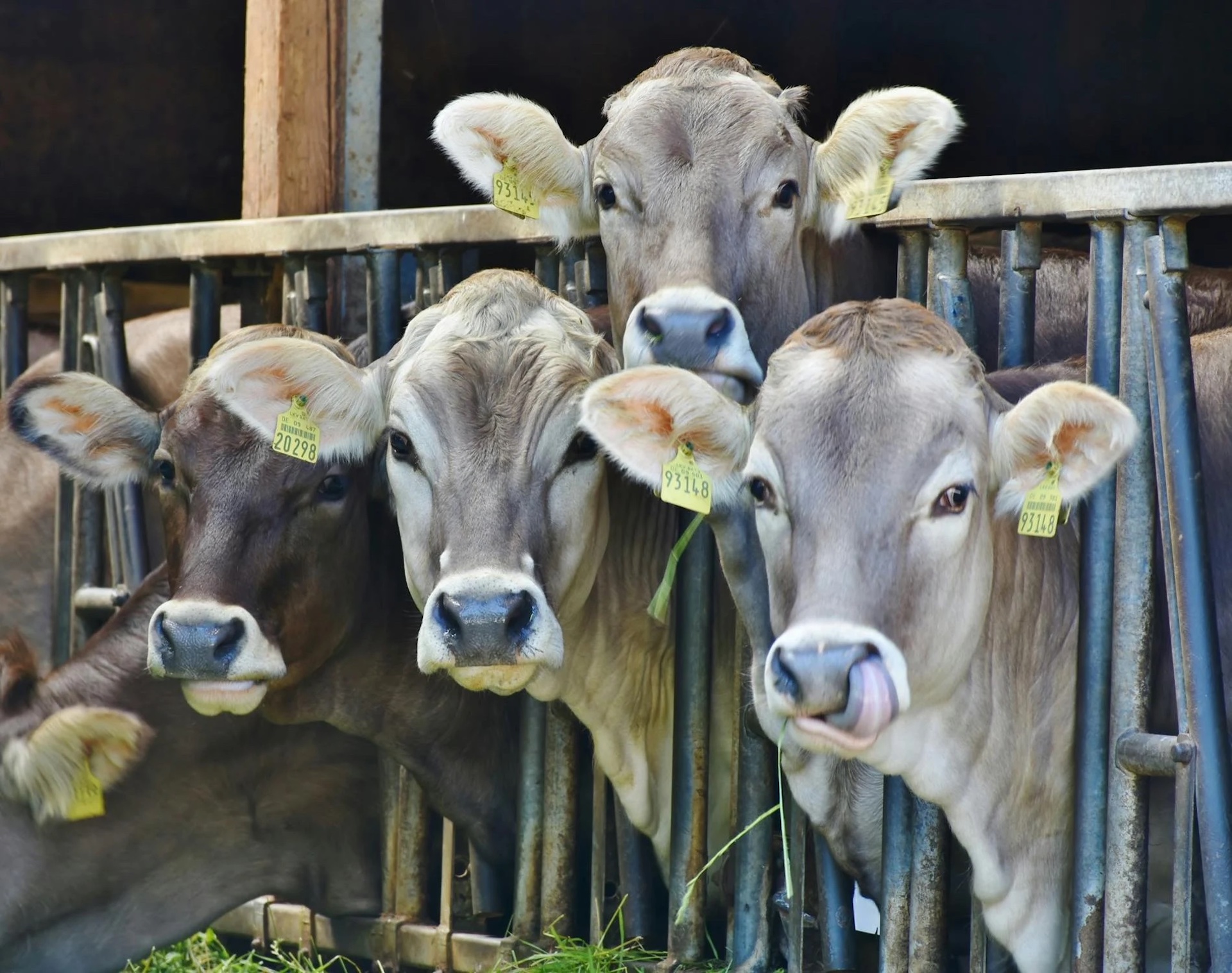In a surprising twist of events, a Texan has contracted bird flu, a scenario rarely seen in the United States. This case, tied to a recent outbreak among dairy cows, highlights a rare instance of zoonotic disease transmission.
Federal and state officials confirmed the diagnosis, underscoring the unusual nature of this infection pathway. This marks only the second instance in the U.S. where the bird flu virus has jumped from animals to humans.
Patient’s Symptoms and Diagnosis

The affected individual, whose privacy is protected, began experiencing symptoms of eye inflammation. After undergoing tests for bird flu last week, the Centers for Disease Control and Prevention (CDC) confirmed the infection.
This rapid diagnosis and confirmation highlight the efficiency of public health monitoring and response mechanisms that are currently in place.
Exposure to Dairy Cows

The Texas Department of State Health Services revealed that the patient had direct exposure to dairy cows presumed to be infected with the bird flu.
This direct link between the patient’s illness and the infected dairy cows serves as a critical piece of the puzzle in understanding the transmission dynamics of this zoonotic disease.
Public Risk Assessed as Low

Despite this direct transmission case, health authorities maintain that the virus does not significantly threaten the general public.
“While cases among humans in direct contact with infected animals are possible, this indicates that the current risk to the public remains low,” federal health officials at the USDA said. This reassurance is crucial in preventing public panic.
No Mutation in the Virus

The U.S. Department of Agriculture has confirmed that there are no changes in the bird flu virus, Type A H5N1, that would make it more transmissible to humans.
This finding is key in understanding the virus’ behavior and reassures that the risk of widespread human transmission remains low, again, hoping to put panic aside.
Recent Outbreaks in Dairy Cattle
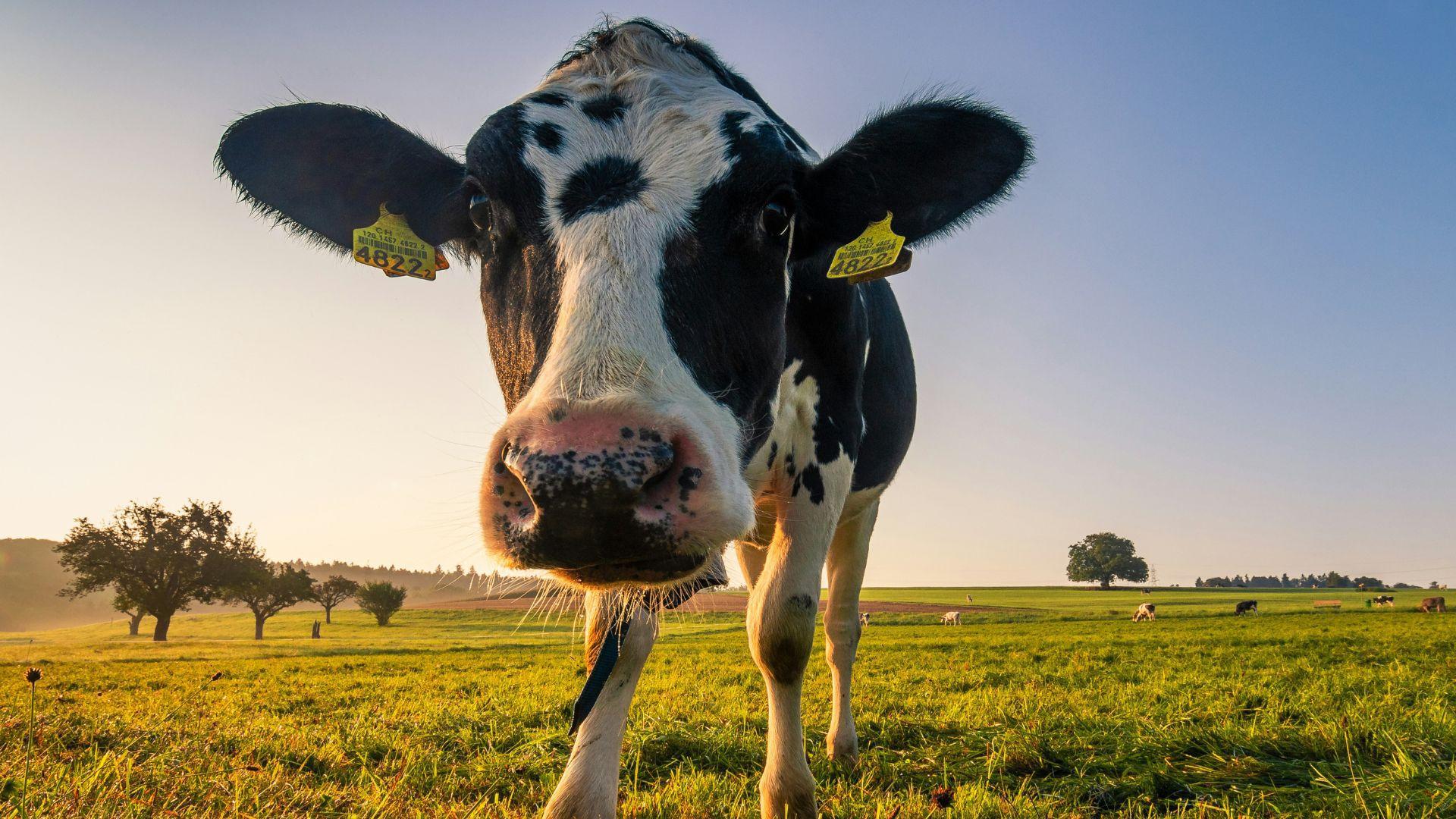
The diagnosis follows reports from last week that dairy cows in Texas and Kansas were found to be infected with the virus (via the Kansas Reflector).
Subsequent detections in Michigan, Idaho, and New Mexico have raised concerns about the spread among cattle, marking an unprecedented situation in the dairy industry.
First for Dairy Cattle
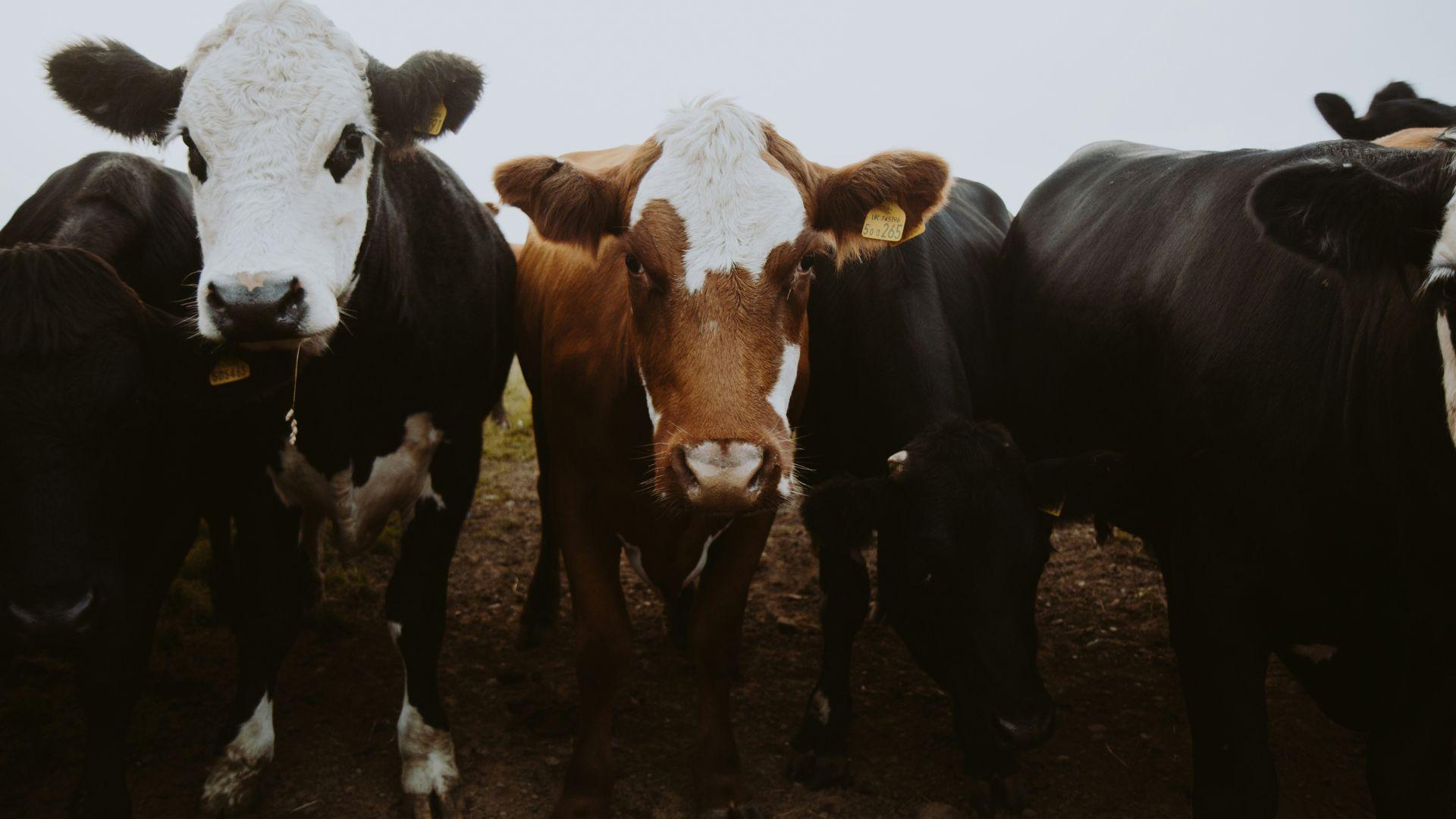
According to the American Veterinary Medical Association, this is the first time the disease has been found in dairy cattle (via CBS News).
This development is noteworthy, as it suggests a shift in the virus’ behavior, now thriving more in mammals in recent years.
Impact on Dairy Industry

Despite the infections among dairy cows, Texas Agriculture Commissioner Sid Miller stated, “This outbreak is not currently expected to threaten our nation’s commercial dairy supply.”
This statement is impactful for maintaining consumer confidence in dairy products during the outbreak.
Historical Human Cases
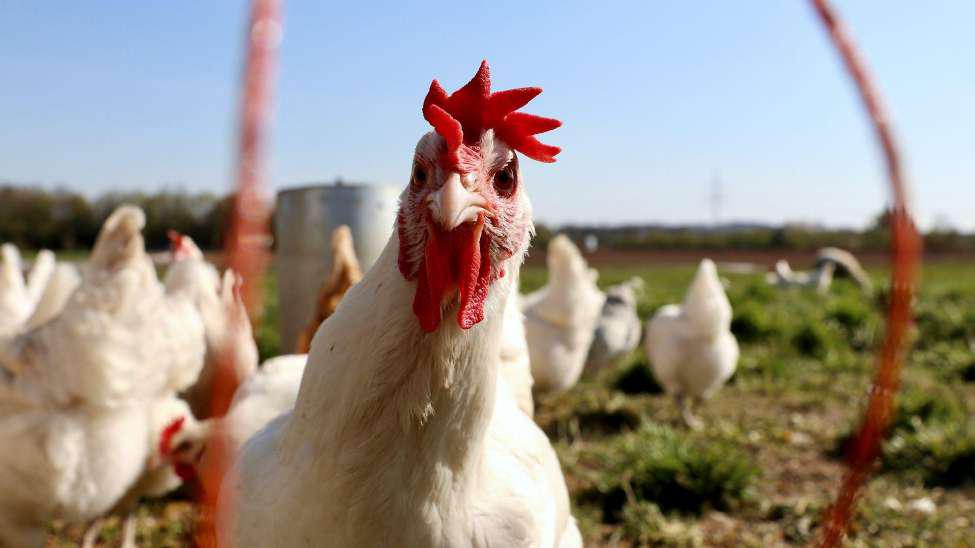
The U.S. saw its first human infection of this bird flu virus in 2022, involving a prison inmate who contracted the disease at a poultry farm in Colorado (via Yahoo! News).
This case, along with the current one, shows the potential for human infections, even though they may be rare.
Bird Flu: A Global Concern

Bird flu was initially identified as a threat to humans in a 1997 outbreak in Hong Kong.
Since then, the World Health Organization has estimated that over 460 people have died from bird flu infections worldwide, reflecting the serious global health impact of this virus.
Prevention and Vigilance

This particular case underlines the importance of preventive measures and vigilance, especially for those in close contact with animals or environments potentially contaminated by the virus.
Public health authorities continue to monitor the situation closely, advising the public to maintain hygiene practices and report any unusual symptoms.
Looking Forward
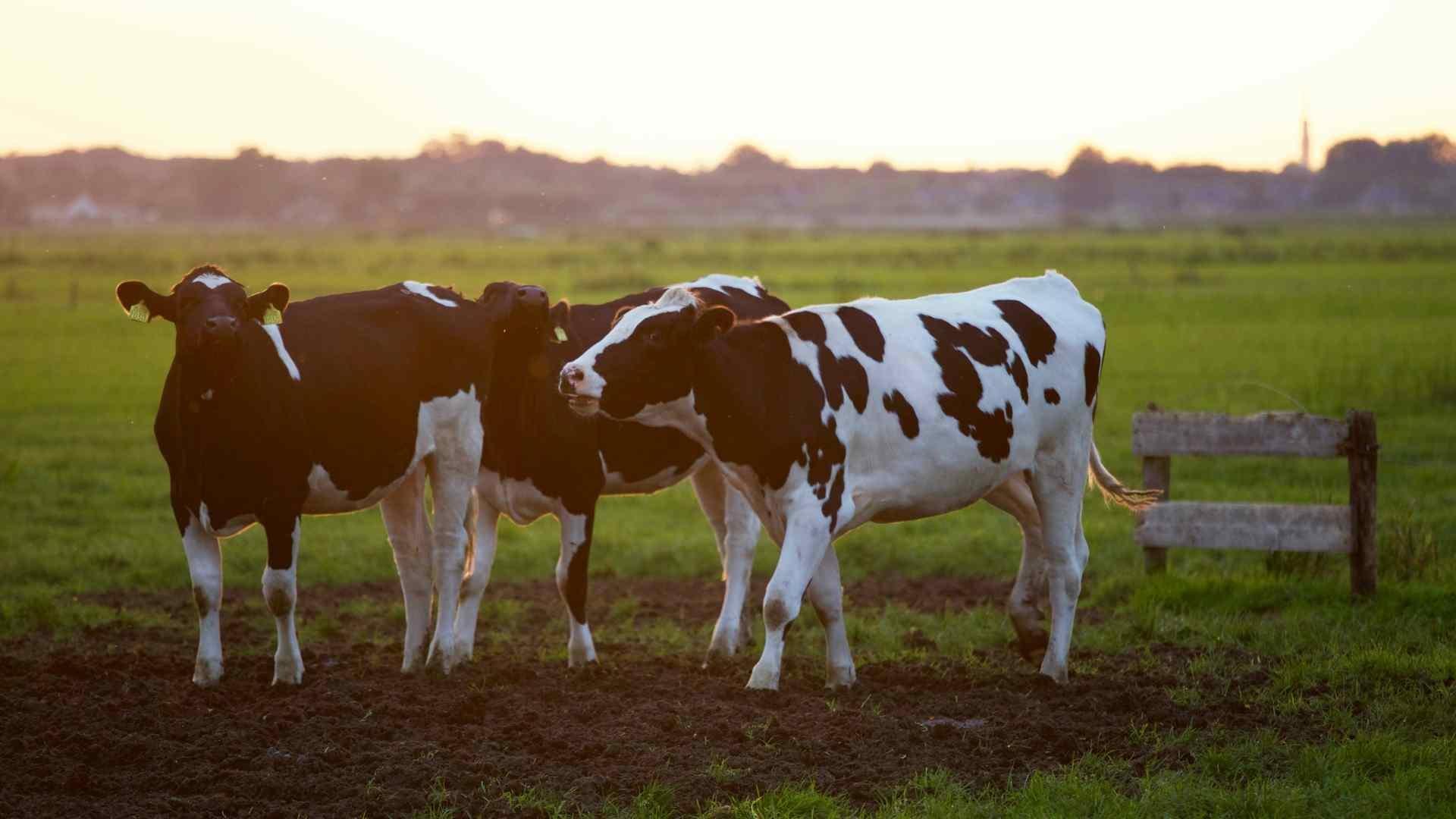
As we move forward, the focus remains on research, surveillance, and preparedness to prevent further zoonotic transmissions of the bird flu virus.
This case reminds us of the ever-present risk of diseases that can pass from animals to humans, highlighting the need for ongoing vigilance and cooperation between public health officials, the agricultural sector, and the public.
























